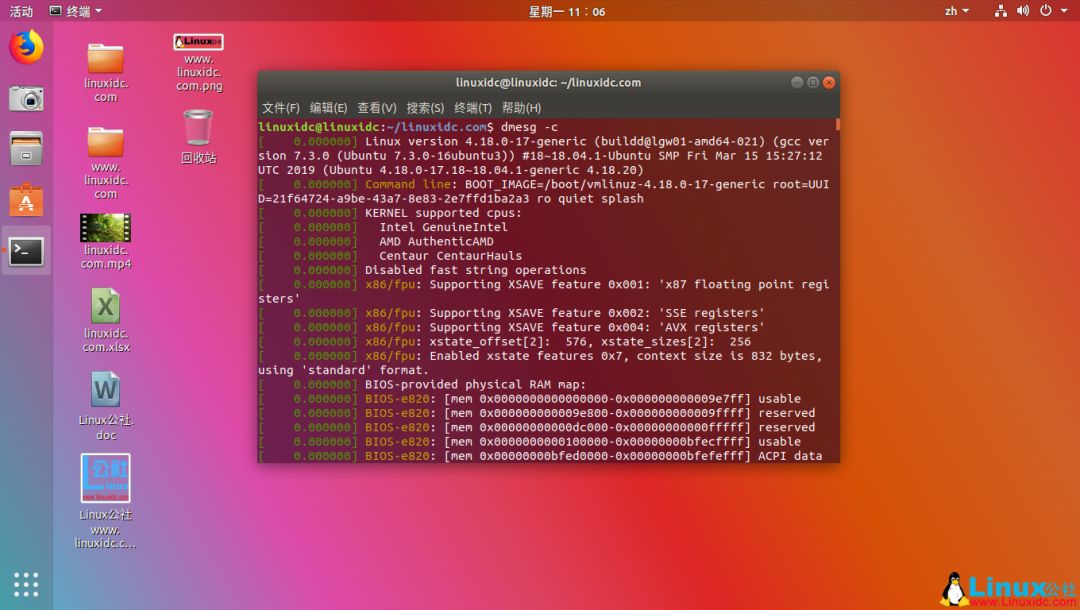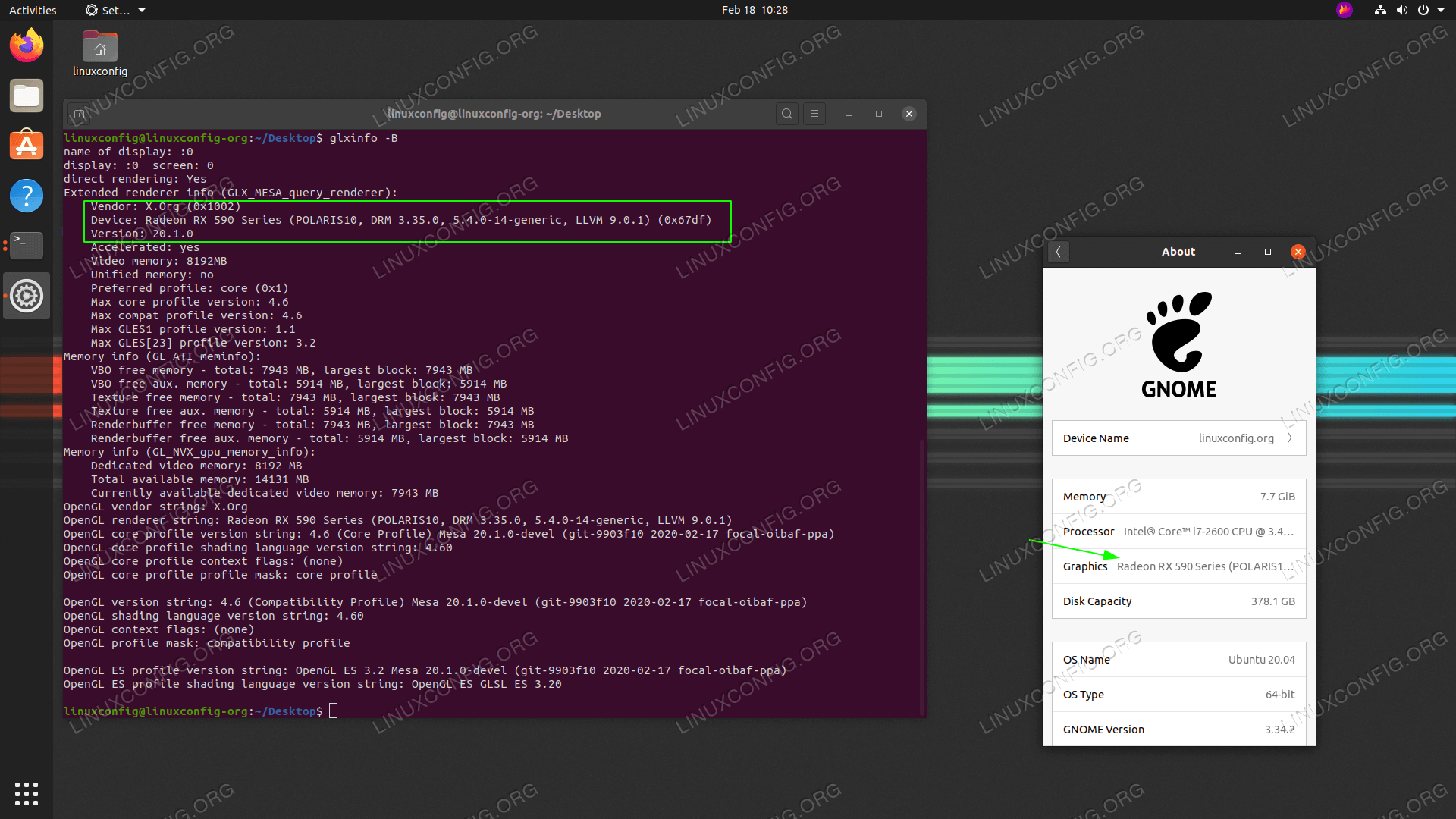


(It may be possible to specify boot parameters which control the level of detail in the messages.) The booting process typically happens at a speed where individual messages scroll off the top of the screen before an operator can read/digest them. Such drivers, as well as other elements within the kernel, may produce output ("messages") reporting both the presence of modules and the values of any parameters adopted.
#Ubuntu dmesh drivers#
At this stage device drivers present in the kernel are set up to drive relevant hardware. When initially booted, a computer system loads its kernel into memory.
#Ubuntu dmesh manual#
Even if the precise format of the lines written to the system buffer are not described here, the parameters of interest are usually defined, though you might need to further peruse related manual pages (listed at the bottom of a traditional man page) for a complete overview spanning various hardware abstraction layers.
#Ubuntu dmesh driver#
man da at the command line-without the trailing number-will bring up documentation for this driver class on many systems.

For example, device name da0 ( SCSI direct access 0) is a commonly seen device name associated with USB thumb drives. The manual page associated with the device driver will sometimes document the message format. Each cluster is usually associated with a single device enumeration, by one particular device driver (or device facility) associated with the device name.Įach such driver or facility emits diagnostic information in its own chosen format, and generally includes all of the most important technical details, in a dense and arcane notation.

Often these come in clusters, with the same device showing up on multiple lines in succession. Many dmesg lines in a traditional system begin with a device name followed by a colon, followed by some detailed text. (Furthermore, to be notified on the desktop, the hot-plugged device must be permitted by the system's security policy.) Many distributions attempt to display device-recognition messages on the desktop, often through a taskbar pop-up, but this is not always reliable or the information presented is incomplete. It is also common to manually consult the current dmesg buffer after hot-plugging devices, particularly USB devices (especially thumb drives), to determine whether the device has been recognized, the data rate of the port involved ( USB 2 and USB 3.0 plugs sit side by side and are hard to distinguish on many systems), what driver has been assigned, and where the device is made visible in the file system. Since this buffer can be overwritten by a flood of messages in subsequent operation, many Unix-like distributions store a post-boot copy of the message buffer at /var/log/dmesg or similar secure system location. Many administrative issues pertain to whether a desired hardware device is successfully enumerated during the boot process, so the diagnostic process for a failed device often begins by inspecting the dmesg output from the kernel identification message to the point where the boot process concludes. On many Unix-like systems, the boot process generates a particularly dense stream of kernel messages. Please help improve this article either by rewriting the how-to content or by moving it to Wikiversity, Wikibooks or Wikivoyage. The purpose of Wikipedia is to present facts, not to train. This section contains instructions, advice, or how-to content.


 0 kommentar(er)
0 kommentar(er)
